
I love a thematic trail system. When the landscape, the trail system name, and the names of the individual trails all align, the synergy speaks to a cohesive vision for the entire network that many mountain bike destinations—which have been developed ad-hoc, one trail segment at a time—sorely lack. Montrose, Colorado’s first purpose-built mountain bike trail system exudes this synergy, or energy, if you will.
On the short drive from downtown Montrose to the Electric Hills trailhead the road rolls through irrigated farmland, taking hard turns at 90-degree angles on the precise grid layout. But soon, the road leaves the farmland behind, and the landscape transforms to its natural rugged, rocky, arid texture. On a hillside just after this transition, an expansive power transfer substation is built on a hillside, with powerlines running in seemingly all directions.
From the substation, towering power lines soar over a small series of rocky bluffs before continuing their lengthy traverse of an elevated offshoot of the Rocky Mountains. Reaching over 11,000 feet in elevation and traveling over 80 miles, the construction of this power line (known as the Montrose-Nucla-Cahone transmission line) was in itself an astounding project. But we’re concerned with that first outcropping of rocky bluffs that the lines cross. Here, the Montrose Uncompaghre Trails (MUT) chapter of the Colorado Plateau Mountain Bike Trail Association (COPMOBA), in collaboration with Montrose County and the Bureau of Land Management (BLM), has constructed the first purpose-built mountain bike trail system in the county.




Like all purpose-built trails, the Electric Hills trails didn’t spring into being built overnight. According to Renata Raziano, Local Committee Chairperson for MUT, the original idea for the project began in 2015 with the Uncompahgre Singletrack Plan, which called for the addition of “about 25-30 miles of new singletrack in Montrose within a 10-minute drive of downtown.”
The project accelerated when Montrose County approached MUT with the idea of building trails, as the county was already planning to build a staging area for the Rimrocker Trail, a highly technical OHV route that runs from Montrose to Moab. Essentially, the trailhead—one of the most expensive parts of any trail development—could serve double-duty for both motorized users and mountain bikers.
“We had the support of the BLM, and then also the support of the county to try to get that trail system built,” said Raziano. “For any of these trail system projects that you have, the more local support that you can have, the better and faster that will move through the BLM process.”

The plan originally called for 10 miles of trail at Electric Hills, but thanks to the support of these many partners, MUT was approved for more and ended up building out 17 miles of brand-new purpose-built singletrack.
Construction began with volunteer labor in 2020, but then after receiving a $242,606 non-motorized trail grant from Colorado Parks and Wildlife (CPW) in 2022, MUT was able to hire local builder Sweet and Sustainable Singletrack, who built the famed RAT trails in nearby Montrose, to complete much of the construction.
Due to the rugged landscape filled with towering rock cliffs, steep drop offs, and narrow squeezes between big boulders, Sweet and Sustainable Singletrack built the vast majority of the trail here using hand tools. While there were some jackhammers required in places, according to Raziano the vast majority of the trail system was built by hand.
Tires-on-dirt in the Electric Hills
I recently had the opportunity to swing through Montrose and spend two days riding the Electric Hills. The hand-built flavor of the trails is immediately evident, with narrow singletrack that twists and turns along the base of cliffs, squeezes between towering boulders that have fallen from cliffsides in eons past, and then drops down rugged hillsides via fast and swoopy descent.
Despite being hand built, there’s still plenty of flow to be found on the descents. Sweet and Sustainable Singletrack used the undulations of the landscape to their benefit by building swooping turns into the hillsides while moving as little dirt as possible. And thanks to the lack of machines, every small rock ledge and little slab has been retained to create small jumps, drops, and rock rolls, providing an entertaining ride quality.
And yes, the trail names are all thematic. Flux Capacitor is an easy-to-follow, four-mile loop that begins at the trailhead and then, via about half a mile on Electric Avenue, brings you right back to where you began. Flux Capacitor is quite intermediate-friendly, aside from one or two rock slabs that can’t be avoided. It’s a fairly mellow but enjoyable ride in the bottom lands of the trail system.



The normal M.O. for most riders is to use Flux Capacitor as the core of their ride and then add on more difficult trails like Shock Therapy and Amp Ridge for more climbing and descending. The rugged terrain and elevated views from Shock Therapy and Amp Ridge have made them local favorites. These additions can easily be worked in by turning off of Flux Capacitor, climbing up a steep, rocky hillside, and then bombing back down.
That said, you’ll have to do some creative route design to reach one of the final additions to the trail system: Rolling Blackout. This narrow, black-diamond trail traverses high along the upper ridge, right below a cliff band. From Rolling Blackout, you’ll enjoy spectacular views of the region… that is, if you can tear your eyes away from the narrow tread, steep rock rolls, and rugged final descent back down the ridge.
The rest of the trail names are thematic, too. From Power Bill to Ohm-Ward Bound, Short Circuit, and more, the thematic cohesion is quite pleasing to the slightly OCD among us. Even though it might not be easy to work every single trail into one ride, it’s well worth doing some backtracking and looping around to explore all of the myriad options at Electric Hills. Ohm-Ward Bound, in particular, offers a fast, flowy descent back to the trailhead.
Benefits for the community and growing pains
Local bike mechanic Glenn Bell of Barn Owl Bikes and his wife, Paige Payne, spent a day showing me around the trail system. Thanks to their local expertise, they were able to connect some of the best trails together into a somewhat logical loop that doesn’t appear obvious when you first look at the trail map. Granted, in an effort to show me some of the most technical trails in the system, they ended up guiding me on a figure-8 (ish) route that was far from the one outlined above.
We paused for a snack atop a rock cliff and watched a seasonal waterfall fed by snowmelt pound over the edge and crash onto the boulders below. “This wasn’t here three days ago when I was out here,” said Bell. Apparently, I arrived at just the right time to see this short-lived natural wonder.



Bell went on to reflect on the importance of these new trail developments: “Montrose is a hub for people that love the outdoors, and Electric Hills is a great added bonus for mountain bikers. It’s amazing to have 17 miles of amazing trails so close to town.”
Raziano also reflected on how dramatically the local mountain biking community has changed. A recent MUT event just weeks before had brought hundreds of local riders out of the woodwork—most of whom the committee members like Raziano had never met before. “It used to be that if you saw a mountain biker riding down the road, you knew who they were—you knew them by name,” Raziano said with a laugh. That’s not the case anymore, and both Bell and Raziano see that as a sign that the community is growing into a more forward-thinking recreation economy.
Even still, there are plenty of pains along with this growth. Montrose County, along with many other communities on the Western Slope, are conservative holdouts in a state that has largely moved from a resource extraction economy to a recreation-based economy. I could see signs of the slow change as I tried to find a campsite near Electric Hills, only to be turned around from site after prospective site that was instead filled by disgusting household trash dumps. Bell told me that the local dump even holds free drop-off days, yet for some reason, the education isn’t there, and these days are underutilized. Instead, many locals prefer to dump their shit on BLM land.
One of the newest trails at Electric Hills—Amp Ridge—fell prey to a different lack of education over the winter. Construction on Amp Ridge had just been completed late in the fall, right before the seasonal closure went into effect (December 1st to April 15th). At some point during the winter or spring, a horseback rider got up on the fresh, not-yet-packed-in Amp Ridge trail while it was muddy from the snow, leaving deep hoofprints along miles of brand-new trail tread.
After having invested hundreds of thousands of dollars into this trail construction, seeing this damage to a brand-new trail was a difficult blow—but MUT quickly organized volunteers to repair the damage as best as possible. I personally got to ride Amp Ridge, and after seeing the images of the trail damage, I can say that the volunteers did a fantastic job of repairing the trail tread. Even still, after all of that volunteer work, I could still feel the roughness of those hoofprints and see the residual damage left behind.
“We want to have some better signage and gates that are going to be put up about the seasonal closure,” said Raziano. “We really tried to promote the seasonal closures on social media, so that when anyone is asking a question about our trails, we make sure to remind them. It was great, because we really didn’t […] see any other evidence of the trails being used” after the seasonal closure was lifted on April 15th. “I think we’ve gotten the word out, and the vast majority of people are expecting the seasonal closure, which is good. It can always be hard to prevent that one person who just wants to do it, doing it.”
While MUT still faces some headwinds from calcified locals, they continue to press forward with new projects. Next up, MUT is working to build a bike-park-style trail system on the top of Cerro Summit, a mountain pass soaring high above town at over 8,000 feet. The city of Montrose owns a parcel of land on top of the summit, which will make for a fairly easy approval process. MUT has already raised $15,000, which the city will match, allowing them to invest $30,000 in the design process for the new trail system. Raziano hopes that the bike park will be shovel-ready in 2025 or 2026. While it’s still early in the process, it’s clear that Montrose is serious about developing their mountain biking scene—and Electric Hills is proof positive.
Finally, I know what you’re wondering: no, unfortunately Electric Hills is not open to electric bikes. Apparently that level of synergy would be one step too far!


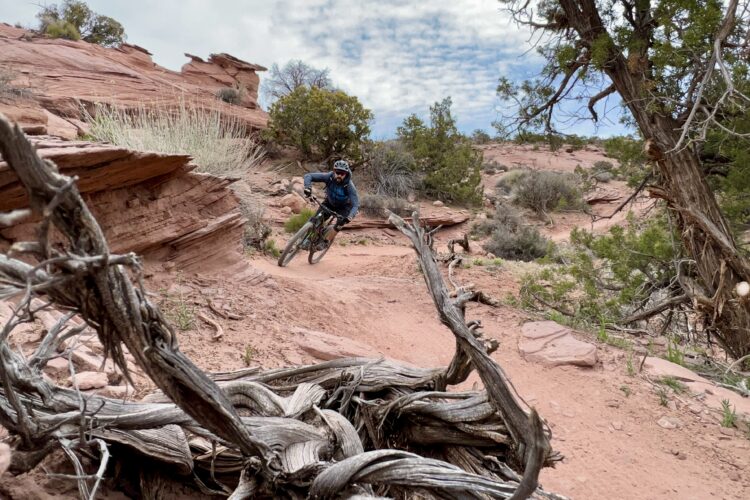


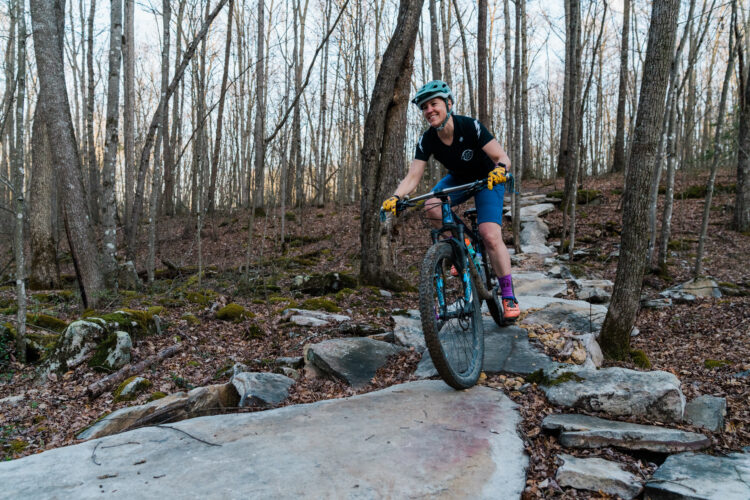
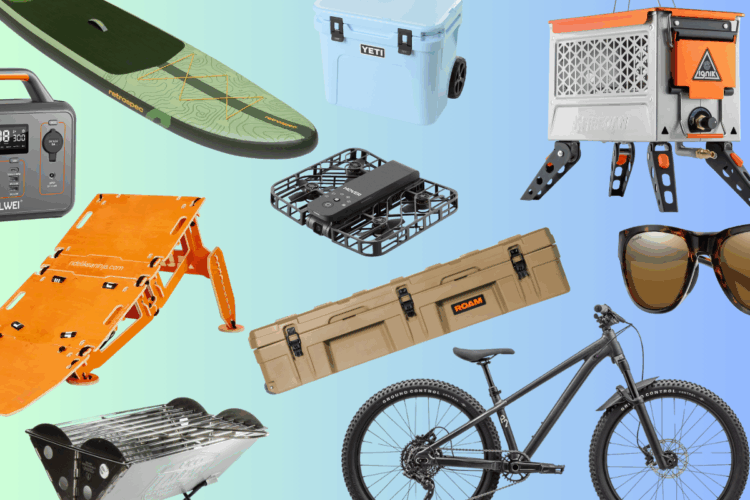
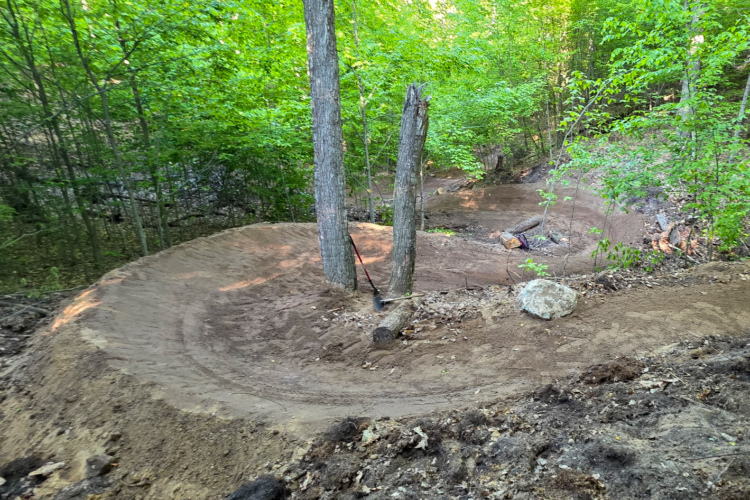
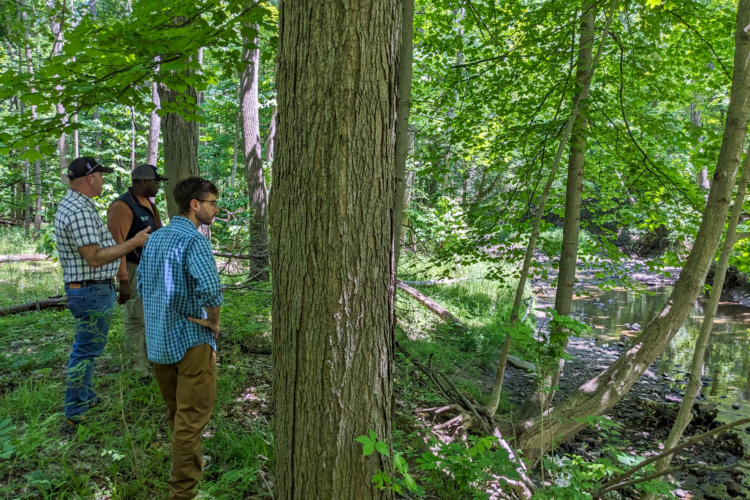
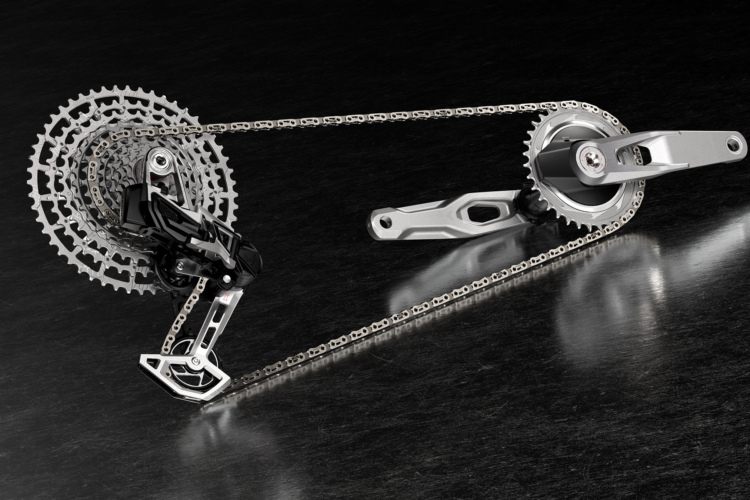

4 Comments
May 21, 2024
Great article and so exciting. I love the RAT trails and it will be great to have another system so close- it's a long drive from the Front Range and adding trail makes the drive easier to swallow. Loop-Hartman Rocks, MUT, RAT, Phil's World, and Durango in the fall. Can't wait, thanks for the update!
May 22, 2024
May 22, 2024
May 22, 2024